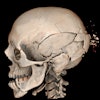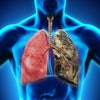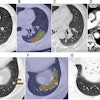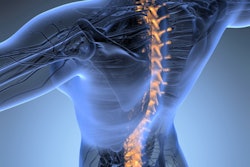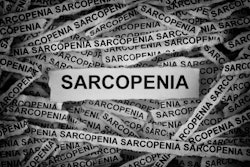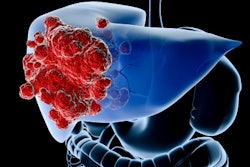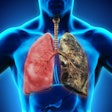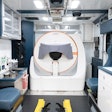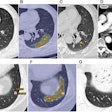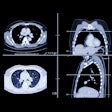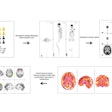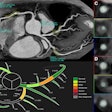Abdominal CT muscle metrics taken from imaging of healthy young people show promise for opportunistic sarcopenia screening and individualized clinical risk stratification, researchers have reported.
The findings provide "reference mean values and standardized cutoffs analogous to a T-score of -2 for skeletal muscle index and skeletal muscle density at the L3 level on abdominal CT" -- results that could "aid opportunistic screening for sarcopenia," wrote a team led by Connie Ju, MD, of Stanford University. The team's results were published May 7 in the American Journal of Roentgenology.
Skeletal muscle health is a "vital positive bellwether of overall health," and loss of normal muscle mass can suggest risk of diseases such as cardiovascular, cancer, or diabetes, the group noted. Identifying sarcopenia early can help clinicians initiate interventions with patients, and muscle assessment via CT imaging is one way to do so. Yet "reference values applicable across broad populations are lacking," the group noted. To this end, Ju and colleagues conducted a literature review that estimated reference cutoff values for CT skeletal muscle metrics.
The team included 14 studies reporting skeletal muscle index (SMI) and/or skeletal muscle density (SMD) on CT at the L3 vertebral level in healthy young adults (age range, 18 to 45 years). The investigators culled the studies from PubMed, Embase, Cochrane Library, Web of Science, and Scopus databases in January of this year. The studies included data from 16,958 individuals (11,819 men and 5,139 women) that tracked SMI information; seven of these studies also included SMD information.
The authors reported the following:
• The estimated global mean value for skeletal muscle index was 54.6 in men and 42.4 in women.
• The estimated global mean value for skeletal muscle density was 47.4 HU in men and 43.6 HU in women.
• The cutoff value corresponding with a bone health T-score* of -2 for skeletal muscle index was 36.3 in men and 27.5 in women.
• The cutoff value corresponding with a T-score of -2 for skeletal muscle density was 36.4 HU in men and 28.1 HU in women.
(*A normal T-score falls between +1 and -1; scores between -1 and -2.5 suggest osteopenia, while a T-score of -2.5 or lower indicates osteoporosis.)
Future research could "seek to determine whether the use of these two metrics [i.e., mean SMI and mean SMD] in combination is clinically advantageous compared to use of just one of the two metrics," the authors wrote, noting that "ongoing research is also evaluating the potential benefits of a multivariable sarcopenia Z-score (analogous to the Z-score used in DXA [dual-energy x-ray absorptiometry] for osteoporosis), and integrating CT muscle metrics with patient age and perhaps other important patient covariates such as body mass index or direct CT-based adiposity metrics."
The complete study can be found here.


